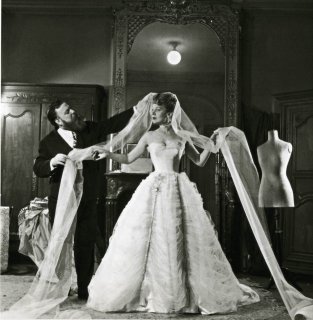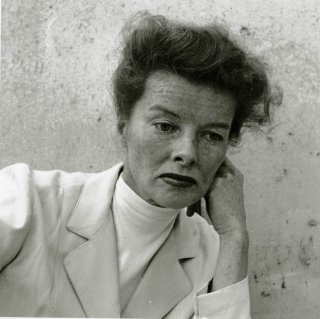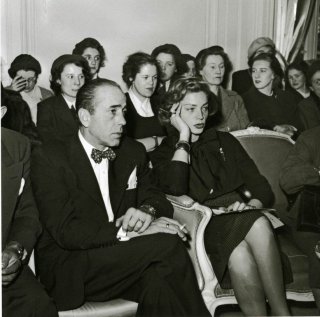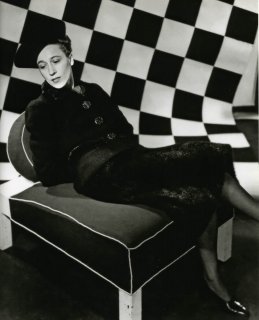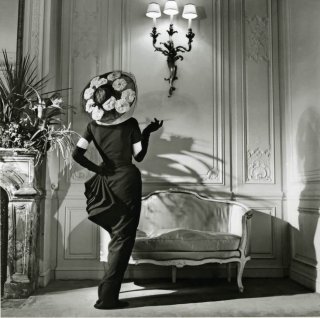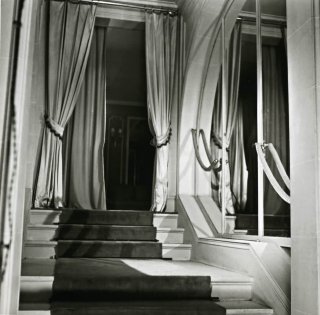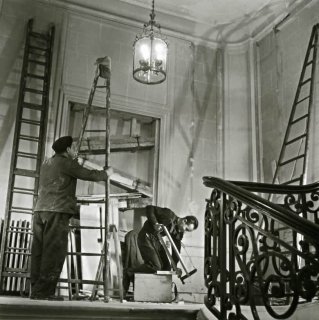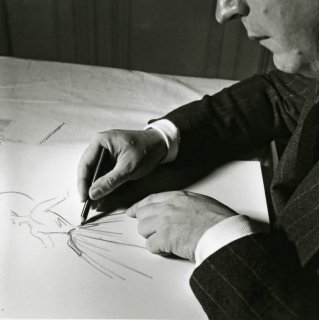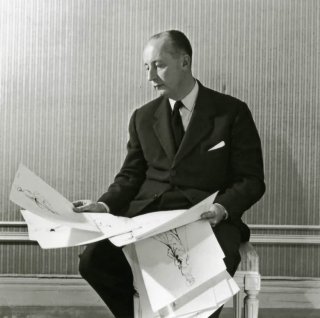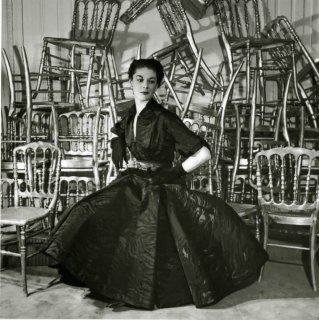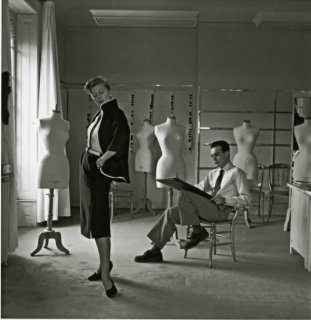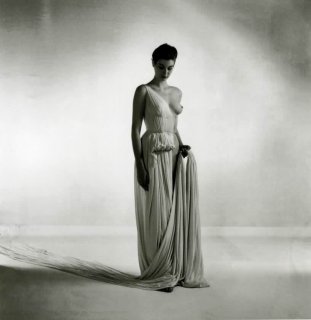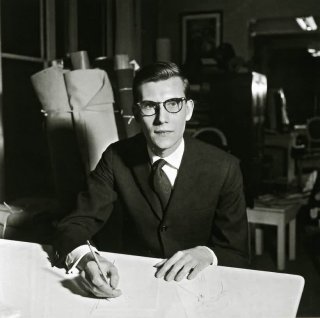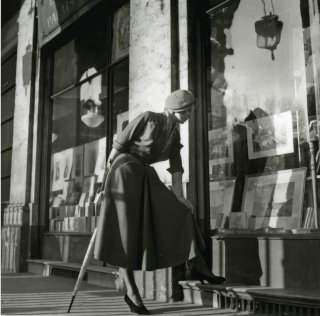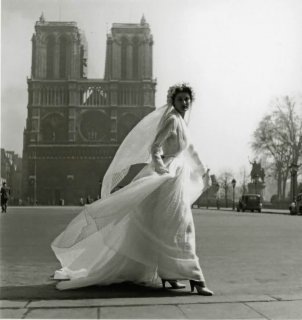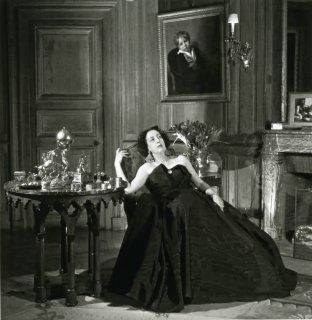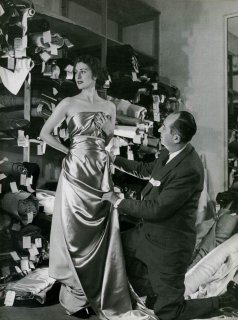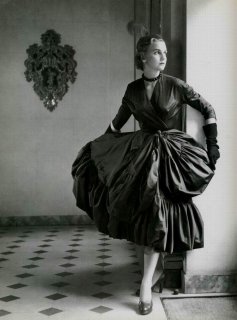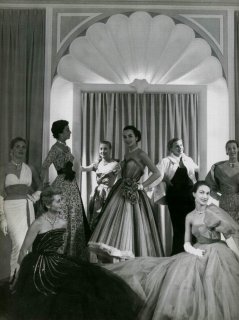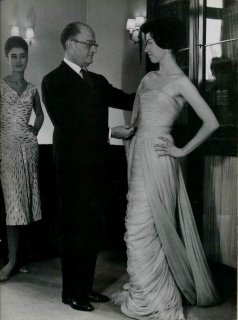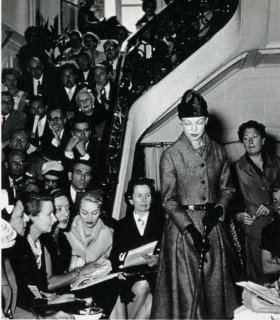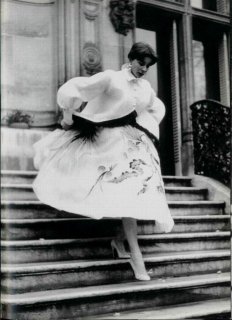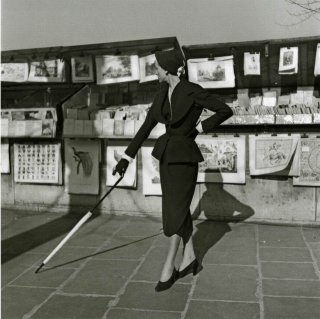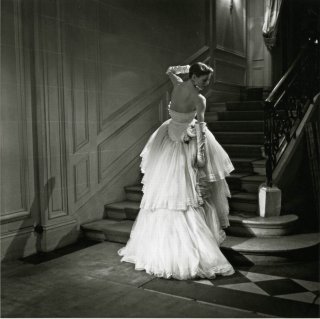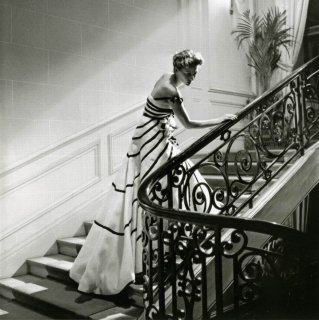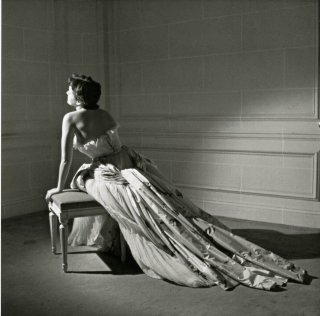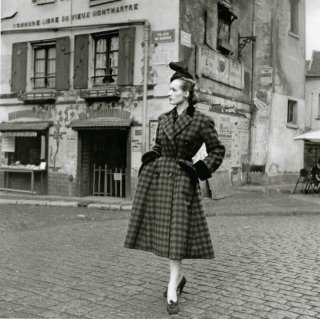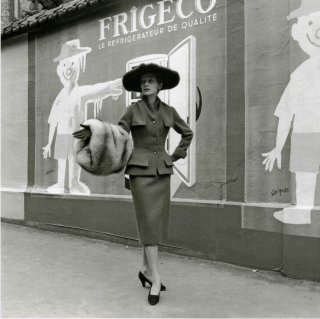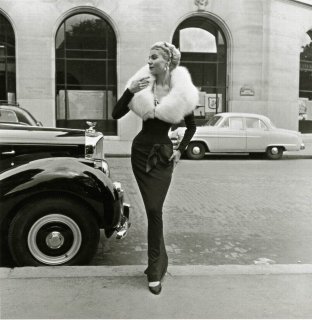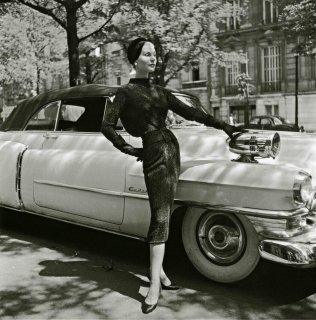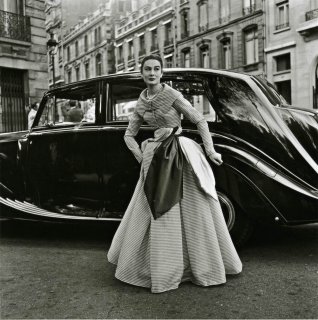Robert Doisneau's legendary Hotel De Ville photograph of a couple engaged in a passionate kiss while standing in front of the famous Paris hotel is one of the first images to come to mind when an exhibition of photos from France during the mid-1900s is announced. Romantic it may be, but just how accurately or adequately it describes Parisian culture at the time is debatable.
Willy Maywald's portraits, on in contrast, convey little about the physical landscape of the city in which they were taken, but say a lot about the creative milieu that was Paris during the first half of the 20th century. A selection of Maywald's black-and-white photographs, focusing on renowned France artists and entertainers from 1934 to 1984 is currently making a brief stop at the FNAC photo gallery in Asia World Plaza this month. And for a glimpse inside the lives of France's cultural elite, it is well worth a look.
Viewed as the cultural capital of the Western world during both the 19th and 20th centuries, Paris was a leader in artistic innovation. The number of movements that emerged in and around the city, including Impressionism, Post-Impressionism, Symbolism, Cubism and Surrealism, best illustrates its creative environment. In addition to its own well-respected artistic community, was a steady migration of literary giants and artists including F. Scott Fitzgerald, Ernest Hemingway, James Joyce, Henry Miller, Jean Miro and Pablo Picasso among others.
Born and raised in Germany, in 1931 Maywald himself emigrated, where he studied photography and opened his own studio a few years later. It was there he befriended members of the local and foreign artist community, many of whom would later become the subjects of his own artistic endeavors.
Perusing the gallery, one is treated to a series of both French and expatriate artists among Maywald's collection of 36 photos, including Dutch painter Karel Appel, English sculpture Henry Moore, French performer Juliette Greco and mime Marcel Marceau.
Maywald draws on his subjects' profession to fill the frame making it possible to assume Sacha Guitry is an actor or Jacques Prevent is a poet by their facial expressions, before ever reading the title. At times a person slips out of focus as his or her work moves into the foreground to become the subject of the picture. Such is the case with Henri Heraut, who was photographed while working on a painting positioned behind a large shrine-like tomb, or Fernand Leger, who is dwarfed almost to the point of blending into one of his own large paintings.
There is definitely a feeling that Maywald knew his subjects well from the way he captures them on film. If there is any criticism of the exhibition it is that as a viewer you too wish to be more acquainted with the people in the pictures. Unfortunately other than a name, date and place where the photos were taken, there is no other description of the portrait available. While a brief history of the subject along with some details about the photo would be much appreciated, the photos themselves read like biographies
Willy Maywald's portraits, on in contrast, convey little about the physical landscape of the city in which they were taken, but say a lot about the creative milieu that was Paris during the first half of the 20th century. A selection of Maywald's black-and-white photographs, focusing on renowned France artists and entertainers from 1934 to 1984 is currently making a brief stop at the FNAC photo gallery in Asia World Plaza this month. And for a glimpse inside the lives of France's cultural elite, it is well worth a look.
Viewed as the cultural capital of the Western world during both the 19th and 20th centuries, Paris was a leader in artistic innovation. The number of movements that emerged in and around the city, including Impressionism, Post-Impressionism, Symbolism, Cubism and Surrealism, best illustrates its creative environment. In addition to its own well-respected artistic community, was a steady migration of literary giants and artists including F. Scott Fitzgerald, Ernest Hemingway, James Joyce, Henry Miller, Jean Miro and Pablo Picasso among others.
Born and raised in Germany, in 1931 Maywald himself emigrated, where he studied photography and opened his own studio a few years later. It was there he befriended members of the local and foreign artist community, many of whom would later become the subjects of his own artistic endeavors.
Perusing the gallery, one is treated to a series of both French and expatriate artists among Maywald's collection of 36 photos, including Dutch painter Karel Appel, English sculpture Henry Moore, French performer Juliette Greco and mime Marcel Marceau.
Maywald draws on his subjects' profession to fill the frame making it possible to assume Sacha Guitry is an actor or Jacques Prevent is a poet by their facial expressions, before ever reading the title. At times a person slips out of focus as his or her work moves into the foreground to become the subject of the picture. Such is the case with Henri Heraut, who was photographed while working on a painting positioned behind a large shrine-like tomb, or Fernand Leger, who is dwarfed almost to the point of blending into one of his own large paintings.
There is definitely a feeling that Maywald knew his subjects well from the way he captures them on film. If there is any criticism of the exhibition it is that as a viewer you too wish to be more acquainted with the people in the pictures. Unfortunately other than a name, date and place where the photos were taken, there is no other description of the portrait available. While a brief history of the subject along with some details about the photo would be much appreciated, the photos themselves read like biographies



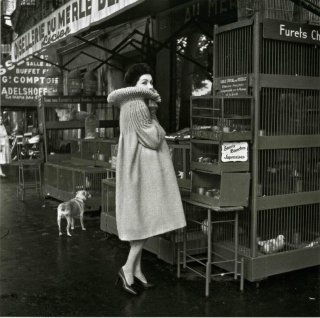
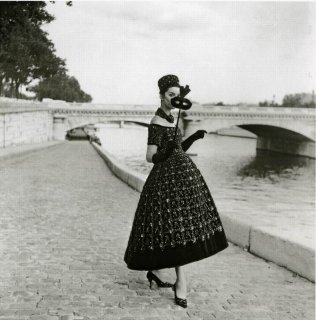
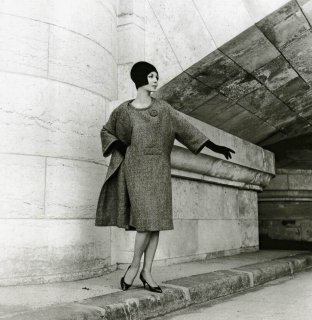
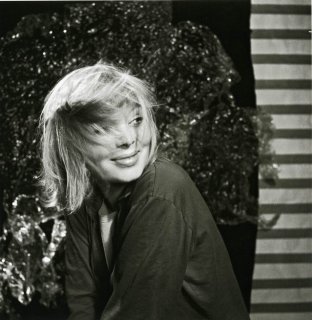
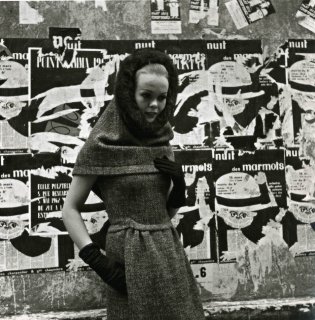

 ... i know she worked quite a lot with maywald.
... i know she worked quite a lot with maywald.